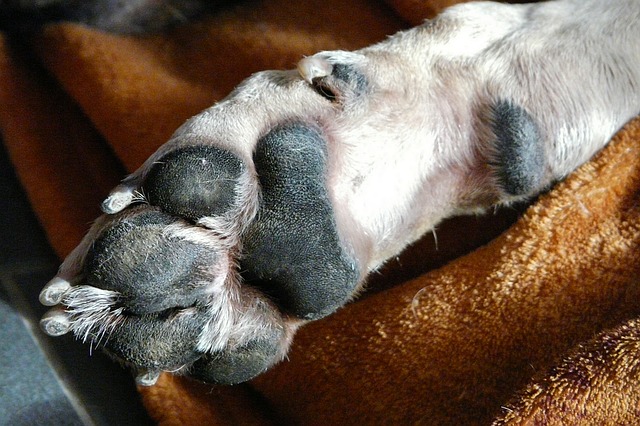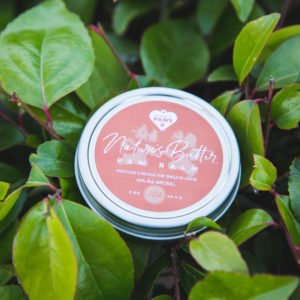
What Exactly is Paw Pad Hyperkeratosis in Dogs?
The prefix “hyper” refers to overstimulation, and “keratosis” comes from the word “keratin.” You most likely recognize that word from your shampoo bottle, and that’s a good place to start. Keratin is a type of fibrous protein used as one of the main ingredients in hair, claws, and the outer layer of skin. Dogs naturally produce their own supply of keratin, but hyperkeratosis means they produce much more than they need.
With too much keratin to go around, hyperkeratosis results in the dog growing a hard, crusty material over their paw pads. There are varying levels of severity, but most dog owners say it looks like their pup has a layer of extra-hard fur growing out of their paw pads. In especially bad cases, the paws can crack and become infected. There’s also nasal hyperkeratosis where the same condition presents itself on the dog’s nose.

How is Paw Pad Hyperkeratosis Treated?
While there is no cure for canine hyperkeratosis, there are simple steps you can take to minimize the symptoms and soften your dog’s paw pads.
If left untreated, “hairy paw pads,” can become extremely sensitive and may become hard and crusty. It may be painful to walk or stand for too long a time, and traversing hard, hot, or cold surfaces can be especially difficult. It’s important to treat the condition to manage symptoms and keep dogs on their feet.
The key to treating paw pad hyperkeratosis is keeping the paw pads supple and moisturized. But you can’t simply rub your personal lotion onto your dog’s feet, as many ingredients in regular lotion are harmful to dogs. We’d also recommend avoiding petroleum based products like Vasoline or Aquaphor, as dogs do have tendency to lick the balm and ingest a small amount of it.
Several great options for a dog’s paw include shea butter, almond oil, coconut oil, and cocoa seed butter. We do however, recommend a product that contains a mixture of butters and oils, in order to allow lighter oils to absorb fast, and heavier oils to remain on the paw longer and provide lasting relief.
Search Amazon for “Dog Paw Balms”

While potentially painful, dogs with hyperkeratosis are perfectly capable of living long, normal lives. It’s a condition that could affect their quality of life if you let it, but treating those crusty paws will take only a few minutes each day. If you suspect your dog has paw pad hyperkeratosis, talk to your vet about the best way to move forward with treatment.
These statements have not been evaluated by the Food and Drug Administration. This product is not intended to diagnose, treat, cure, or prevent any disease. The information on this website is not intended to replace a one-on-one relationship with a qualified healthcare professional.
Sources: Canine Journal, PetMd
 Toledo, United States.
Toledo, United States.
